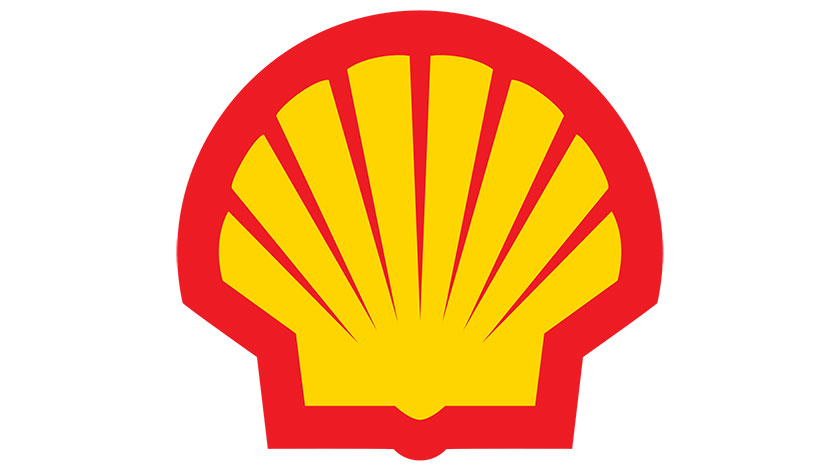Shell’s Cougar Platform Helping Gulf of Mexico Ecosystem

In the early 1980’s, Shell’s Cougar platform helped define the outer limits of the Gulf of Mexico - a steel monument to human ingenuity and innovation that pioneered a new wave of offshore oil and gas development around the world.
Turns out that was only the first act.
After safely producing more than 31 million barrels of oil equivalent over a span of nearly two decades, Cougar will now help sustain a healthy, vibrant Gulf of Mexico ecosystem as an artificial reef.
“Cougar marks the end on an era for Shell because this is one of our last fixed leg platforms in the Gulf,” said Tommy Giddings, who served as Shell’s Operations Manager for Cougar in 1990 and now supports the Cougar decommission project. “I’m proud to be part of the Shell team entrusted with restoring the Cougar site and using the platform’s jacket to create an artificial reef that will give divers and fisherman joy for years to come.”
Shell donated the steel frame supporting Cougar’s deck and topside – called the jacket – to the State of Louisiana’s Artificial Reef program and made a $619,000 contribution to the Louisiana Wildlife and Fisheries Department (LWFD) to help maintain and monitor the reef. The jacket is now providing habitat for a variety of marine life, including red snapper, amberjack, and many reef-dependent fish.
“LDWF values our relationships with offshore oil and gas companies, without their donations the State would not have the resources to create comparable artificial reefs. These reefs will provide excellent habitat for marine species and will offer recreational opportunities for divers and fishermen for many years into the future”, Mike McDonough, LDWF Artificial Reef Coordinator.
Shell contracted a specially designed vessel to lift and move the nearly 350 foot tall and 3000-ton jacket to the Ship Shoal 320 block off the coast of LA - an approximately 50 mile open water journey - where it was successfully positioned as an artificial reef. Earlier, the same heavy-lift vessel safely removed the Cougar topside and deck, placing it on a barge for transport back to shore for cleaning and recycling or disposal.
Building on our legacy of leadership and innovation in the Gulf of Mexico, Shell engineers identified several opportunities to improve the cost and pace of decommissioning Cougar without compromising safety. For example, Shell re-purposed an out-of-service, land-based workover rig to perform well decommissioning, deployed Remote Operated Vehicles (ROVs) to perform site inspections and cleanup work on the sea floor around the platform, and decommissioning in place the associated subsea infrastructure at the nearby Popeye field, which produced back to Cougar.
Across all our operations, Shell takes a lifecycle approach to project development that factors in asset decommissioning and restoration during front-end planning. Shell also sustains an unrelenting focus on safely and efficiently decommissioning its assets when they reach the natural end of their life. Over the past decade, Shell has safely decommissioned three of its pioneering Gulf of Mexico platforms – Brazos A-19, South Timbalier 301, and Eugene Island 331A. Shell is also in the process of decommissioning our Brent Field in the North Sea.
Shell installed the Cougar fixed-leg platform in 1981 in the South Timbalier 300 Block of the Gulf of Mexico in 337 feet of water. Cougar was one of the first platforms in the Gulf of Mexico to feature an onsite computer system able to perform real-time monitoring of the producing wells, which enabled competitive, safe development of the field. This technology was a precursor to the Integrated Operations Centers and advanced real-time monitoring systems Shell uses today to ensure safe, efficient operations across its global deep-water operations.
At Cougar, Shell also deployed several innovative technologies to grow production volumes by tapping into the nearby Popeye field using a subsea tieback. The success of the project ultimately proved the viability of subsea tiebacks as a low-cost way to tap into nearby oil and gas reservoirs – something Shell is still doing today at its Kaikias Phase One and Coulomb Phase Two projects.

